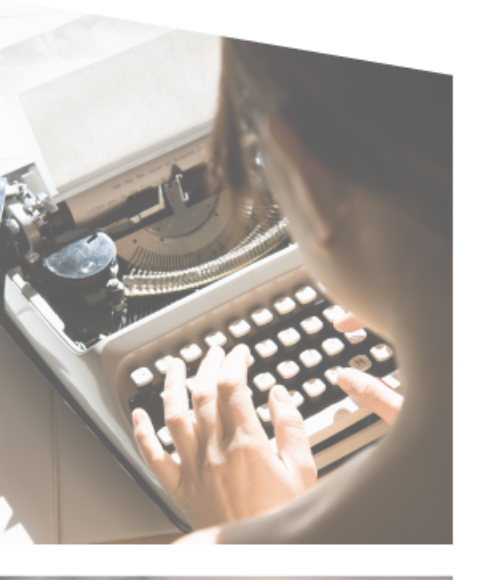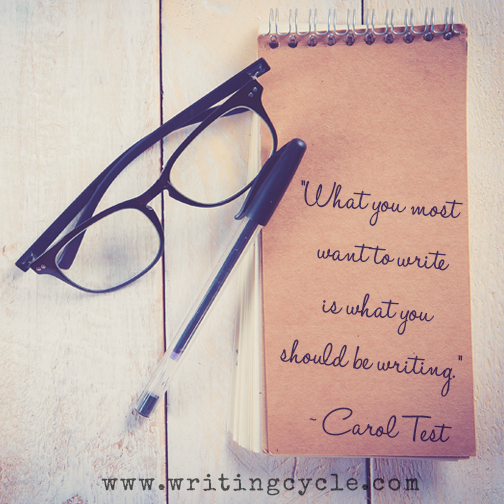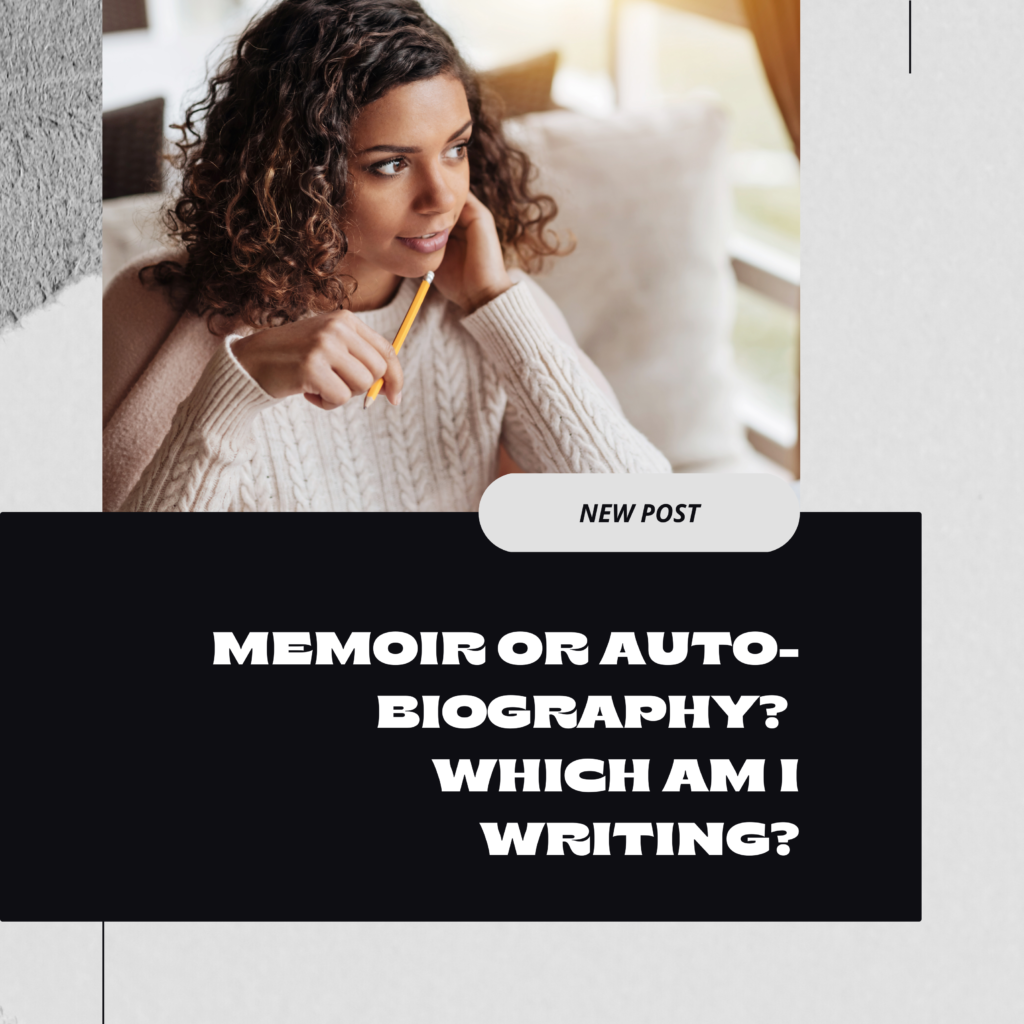An Intuitive Approach to The Writing Process
 As a young writer, I assumed everyone had a process similar to my own. It was only in an MFA that it dawned on me most writers do not work the way I do.
As a young writer, I assumed everyone had a process similar to my own. It was only in an MFA that it dawned on me most writers do not work the way I do.
This distinction increased starkly once outside an academic environment. Bestselling guides advocated following concrete rules, and, above all, chasing market trends. Community critique groups were comprised almost exclusively of literal types who fixated on detail. I encountered little of my associative process in these workshops and books.
Only upon studying personality type theory did I recognize my process had a name, the result of a cognitive function called “introverted intuition.” And I began to suspect the intuitive writing process remained poorly understood—even by intuitives.
“A writer’s voice is her essence as a human being, made tangible in words on the page.”
― Lauren Sapala
The Myers-Briggs Type Indicator groups people by cognitive function. Sensing types―comprising around 75% of the world’s population―are masters of observation, while Intuitive types are powerfully introspective (and comparatively rare). When writing or speaking, Sensors overwhelmingly prefer to send “signal messages – pointing to something present to the eye” whereas intuitive types prefer “symbol messages – bringing to mind something absent from view”. (Keirsey) Sensing writers love to describe things. Intuitives prefer to explore what these things represent. It follows that the process of creating for each type might unfold differently as well.
Learn All About Sensing versus Intuitive Writing Styles
The Way I Write
My process consists of taking in life and then free-writing to see what patterns my unconscious plants on the page. Usually what first strikes me is a mood more often than a narrative.
I trust what strikes me to be story-worthy. I trust there’s a reason it struck me. I trust my style of thought to evoke this mood and immerse readers in a different consciousness, no matter the subject of my work. I don’t worry too much about what I “should” be writing. There’s a natural alchemy between subject and author. I don’t chase hot topics unless they engage my sensibilities. I never experiment for the sake of experimentation. I draft into whatever piques my interest on a given day. The dream life of a story is what drives me.
Once I have a lot of free-written material, I harvest what my unconscious mind has planted: I see symbols, hone in on associations, and perceive patterns that I wouldn’t have consciously generated. I then move things around, searching for metaphor and metonymy as organizing principles. I prefer a mosaic approach to shaping a narrative. The story reveals itself.
Parts of stories come to me fully-formed; I just try to get them to sound right in my rendering, not unlike ringing a handbell to determine if it’s on-pitch. At other times, I must consciously employ elements of craft to create the desired experience for readers.
In order to jumpstart all this, a fair amount of time gets spent accessing the unconscious mind. This isn’t as effortless as when I was younger. Listening to music proves the surest route in; walking and driving, hot baths, naps, day-dreaming, and staring into space also do the trick. I try to count these activities as part of my writing practice. Since so much happens on the interior before ever reaching the page, I often appear about as active as a koala.
Yet accessing the unconscious is essential.
I think of the conscious mind as a hotel room, and the unconscious as the rest of the building. I believe creativity (and, by extension, art) arises from accessing all the floors in the hotel, not just the room where you’re staying. So, you have to find that elevator to other floors. I don’t write every day. But I try to access other floors regularly.
When I read, I can usually tell if an author is accessing other floors. By that, I mean the prose works on many levels at once. All the stuff a story is about that’s not what the story is seemingly about comes across as rich as the plot.
I wish my process was linear, and more responsive to goal-setting. Sometimes I obsess over the tidiness of outlines and story architecture because these tools are satisfying to teach and such scaffolding provides a less painful approach to longer works. I employ them when I can in revision.
But drafting, for me, remains foremost a practice of deep inner engagement. My best work results when I’m following, rather than leading. (And, if I’m honest, revising can be less re-envisioning than attempting to faithfully render a vision I already see. Unlike types who use Extraverted Intuition, I am rarely experimenting with, say, three possible openings, or alternate endings, but rather a singular vision, fairly well-formed, which I am attempting to manifest.)
I realize mine may be an uncommon approach. It is interior, therefore difficult to witness. It can sound passive, and precious. It isn’t the “I’m-just-a-worker-among-workers, a-brick-layer-layin’-bricks” philosophy writers are praised for espousing these days. It’s more like channeling, tuning in and fine-tuning. Yet I appreciate that writing, for me, is not the same type of task as painting a fence or doing the dishes.
The process I’ve attempted to describe is certainly not the only approach, but it is the one that comes most naturally. At the same time, working this way can lead to feeling as if one has less control over one’s process than others might. So while the way I work boils down to an exercise in pattern-seeking and gaining access, recognizing its components is what empowers me to leverage intuitive strengths.
If my description sounds similar to your own, consider the below tips to optimize your work.
5 TIPS TO OPTIMIZE INTUITIVE WRITING
1. IDENTIFY YOUR MOST RELIABLE ROUTE TO THE UNCONSCIOUS.
Accessing a state of mind where you can steadily receive messages from your unconscious isn’t something most of us learned in school. But intuitive writers must enter this space to do resonant work. Whatever gets you there likely involves an activity that triggers SMR―the alpha brain wave frequency conducive to creativity and innovation. Writers can drop from a stressed state into SMR in less than two minutes using the right approach.
I like to create playlists of songs that evoke certain moods; listening conjures images that lead to drafting. Classic and contemporary authors from William Wordsworth to Stephen King have considered long walks as much a part of their process as time spent at the page. Whatever works for you, build in time for this activity at the start of any session, and count it as time spent writing.
2. USE PURPOSE TO COMBAT CRITICISM AND DOUBT.
The only two elements strong enough to overcome feelings of self-criticism and doubt are curiosity and a sense of purpose as a writer. Curiosity can be a powerful (and playful) catalyst, yet remains notoriously difficult to sustain for the life of a project. What can carry you through uninspired sessions is a sense of how writing fits into the larger life purpose you have chosen. (Do you write to communicate authentic experience? Let others know they are not alone?) Questions appeal to Intuitives. Use them to explore your deeper motivation.
Understanding your purpose can also help you withstand criticism. If your goal is to write a bestseller or win someone’s approval, it’s understandable to become discouraged when you receive a harsh critique or readers ignore your work. But if your purpose is greater than ego, and writing merely one way you might fulfill it, the pressure gets taken off any particular project.
3. TRUST YOUR PROCESS.
Your distinction as a writer is the lens through which you view the world, along with your areas of obsession. Intuitive writers are particularly attuned to timeless spiritual and psycho-social themes, as well as the mood of the collective culture. If your way of working has resulted in even one meaningful project in the past, trust it rather than imitating rules favored by Sensing writers. The more reliably you practice what works for you, the sooner trust will evolve into a sense of certainty around the effectiveness of your process. Identify and leverage connections with your Artistic Ancestors to enhance your own writing process.
“The single largest advantage a veteran writer has over a beginner is confidence in process. It’s not skill or style or any dexterity. An experienced writer has been lost in these woods before, and knows his process will lead him home.”
― Ron Carlson
4. STUDY MOSAIC STRUCTURE
Intuitive writers rarely conceive of material in chronological order, let alone draft a book from beginning to end. Too linear an approach can actually sap energy and interest. For this reason, it can be helpful to study mosaic structure in memoir, novels, and short fiction. This pattern-seeking approach features scenes that relate thematically, but contain less transitional material between them. Writing from one moment of interest to another creates momentum for non-linear thinkers by keeping the feeling of mystery alive over the duration of projects. Not to mention that white space, as opposed to connective tissue, captures the interactive imagination of readers once the work is complete. Try using index cards to capture key scenes or images from your draft, and arrange them in different ways to help identify an organizing principle.
5. LEAVE NON-PREFERENCES FOR LAST
Once you have a rough draft, continue to explore intuitive questions before going the workshop route. (For example, is there a single word that sums up the mood of your story? Can you identify opposing forces pulling on your novel’s protagonist?) Only once you have a strong sense of what your work is attempting should you allow readers in. The most important determinant when taking advice from Sensing types is whether or not they “get” the aim of your work. If so, they can then prove powerful allies in the editing stage, catching errors or inconsistencies, pointing out paragraphs that lack line-to-line clarity, and strengthening scenes that would benefit from additional plot detail.
Ready to achieve your writing goals?
To learn about the differences between Sensing and Intuitive writers, read “How Personality Type Affects Creative Skillset“.
To better understand the hidden differences between ENFJs and ESFJs as writers, read “Are You Mistyped?”
Deepen writing with exercises from these Intuitive articles: How to Define Your Purpose: In Writing and Life and Reconnect with Your Artistic Ancestors.
If you’d like a book coach or intuitive editor to help you better connect with your personality type and process, reach out and let’s chat.
Leave a Reply Cancel reply
Submit
LET's GET STARTED.
Hi, I'm Carol,
an Arizona-based editor who turns ideas into art. Need to get your book publication-ready?
Receive
Copyright © 2022 The Writing Cycle
Brand Photos By: Hayley Stall Matt Allen
Sign up for our quarterly newsletter and gain immediate access to free writing resources.
Stock Photos By: Styled Stock House




Thank you so much for this post. It’s amazing what gems are coming up after searching for the term “intuitive writer” 🙂
Fantastic article. There are some differences in my process (perhaps due to my usage of auxiliary Te), but it’s so refreshing to see one that’s overall similar to my own. Great tips, too.
I found my voice when writing a first-person account of an emotional event that the protagonist had experienced. The rest of the novel was in third person. I was just writing the prologue in first. The difference, though, was that my writing flowed from my heart rather than my brain.
When assembling the pieces to a story, I sometimes wonder if it will ever result in something whole. But I wake with an idea. Another keeps me from going to sleep. Sometimes I just sit there and watch the threads intertwine.
Thanks!
INFP
[…] some reason, this hypnosis session reminded me of intuitive writing. I guess it’s because she talks about how words can flow out of […]
This is exactly what I wanted to learn about today. Thanks for sharing your experience and process.